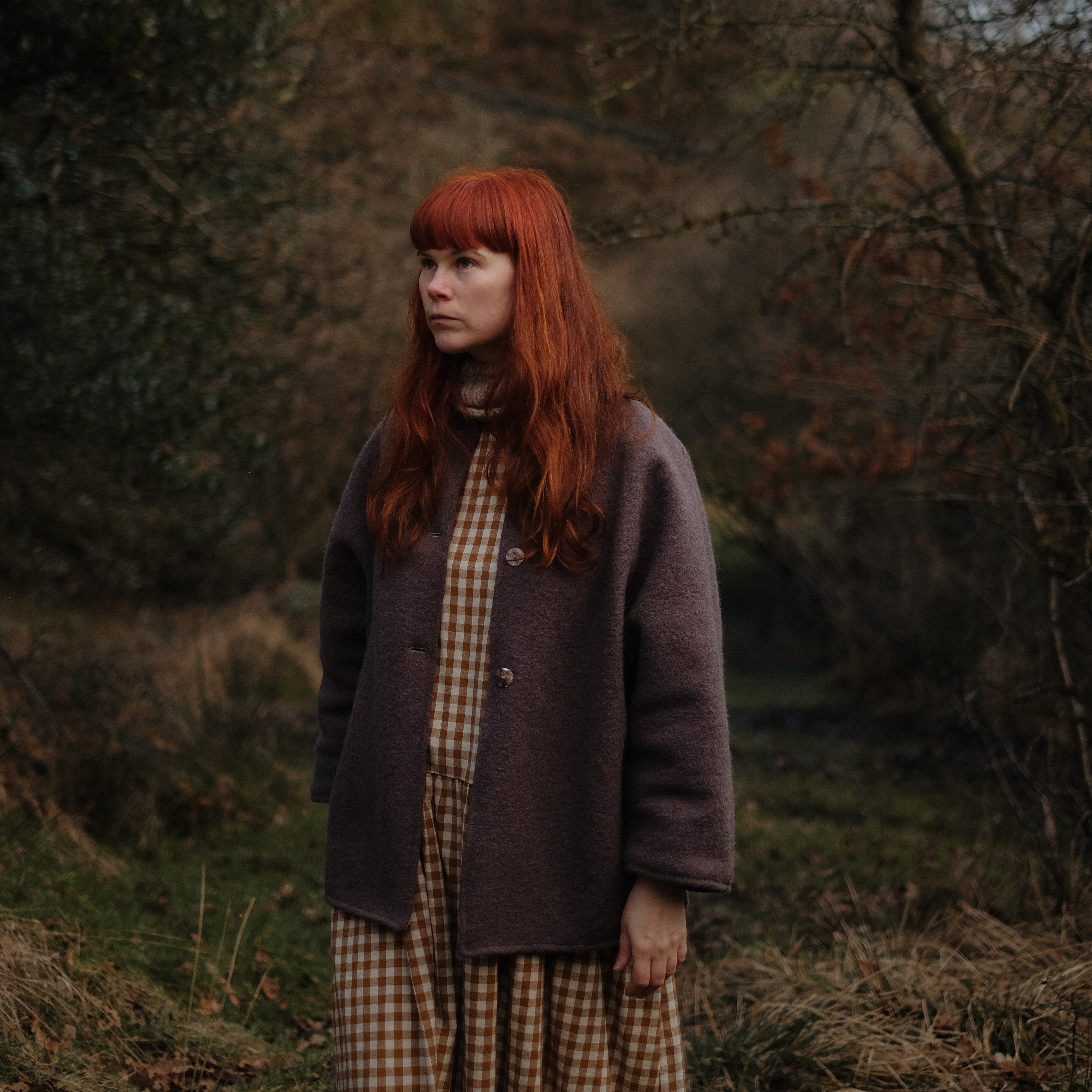Pack up your jumpers: Is Scandinavia the new Mediterranean?
Climate change means increasingly unbearable heat and dangerous wildfires across swathes of Europe — so what is the alternative? Words and photographs by Emma Lavelle.

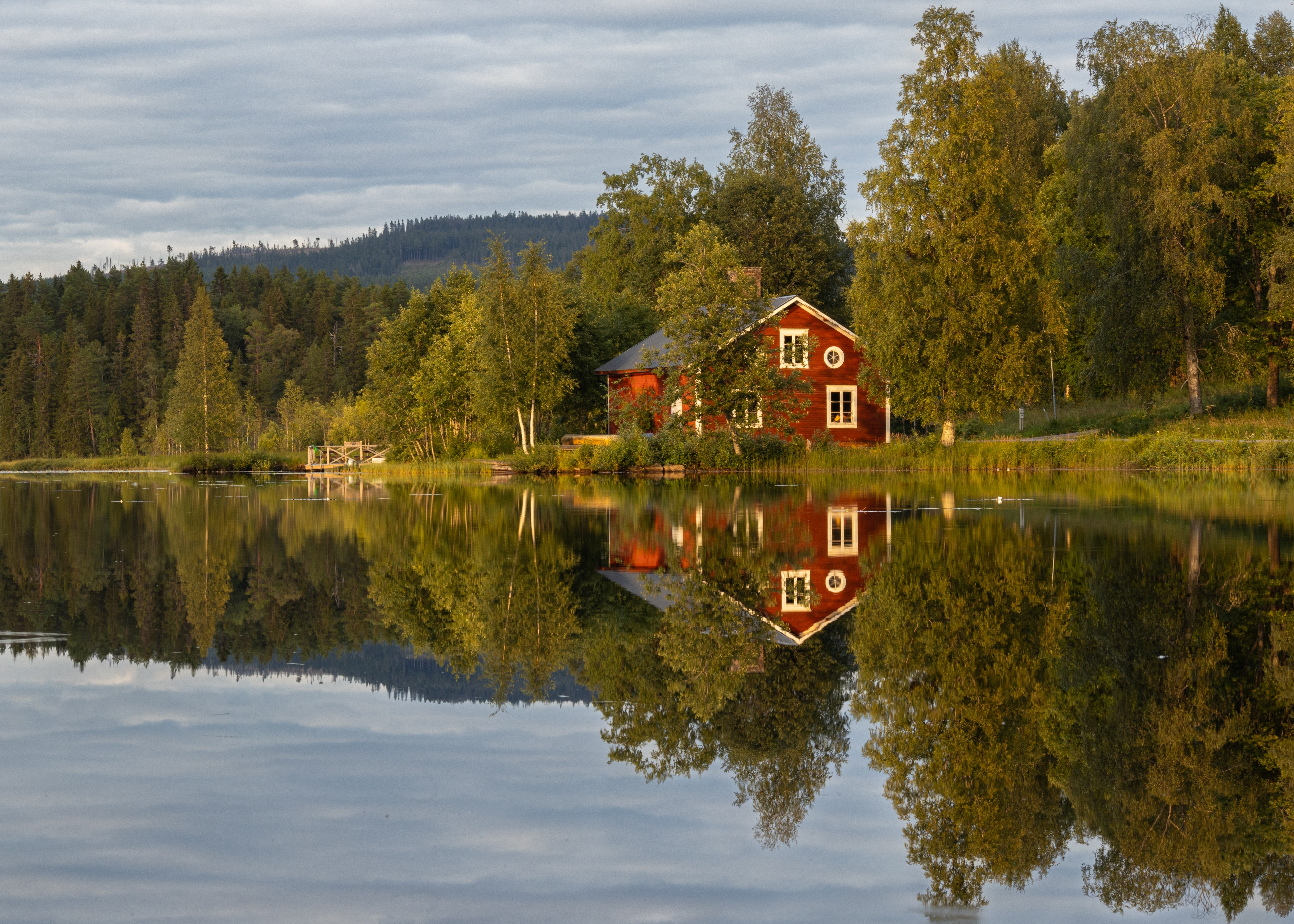
Back in June, I embarked on my third summertime trip to Sweden, having previously navigated Skäne’s gentle landscapes, and Västra Götaland’s craggy coastline. This 11-day road trip would start in the Stockholm archipelago and take me and my boyfriend up to Dalarna (‘Sweden in miniature’) for Midsommar, and then to Gothenburg, with a short stop at an off-grid, floating cabin.
We are not alone. Temperatures around the Mediterranean continue to rise (as I write this, southern Europe is a 45°c furnace and threatened by wildfire), so more and more people are venturing northwards for their summer holidays. You might have to pack a jumper alongside your swimsuit, but Sweden’s mosaic of islands and bodies of water are a haven for wild swimmers, walkers and anyone with an appreciation for the great outdoors. Sunshine isn’t guaranteed, but bar a couple of grey mornings and the odd dramatic downpour, it did shine every day; three years ago, it was a veritable heat wave — just of less challenging temperatures.
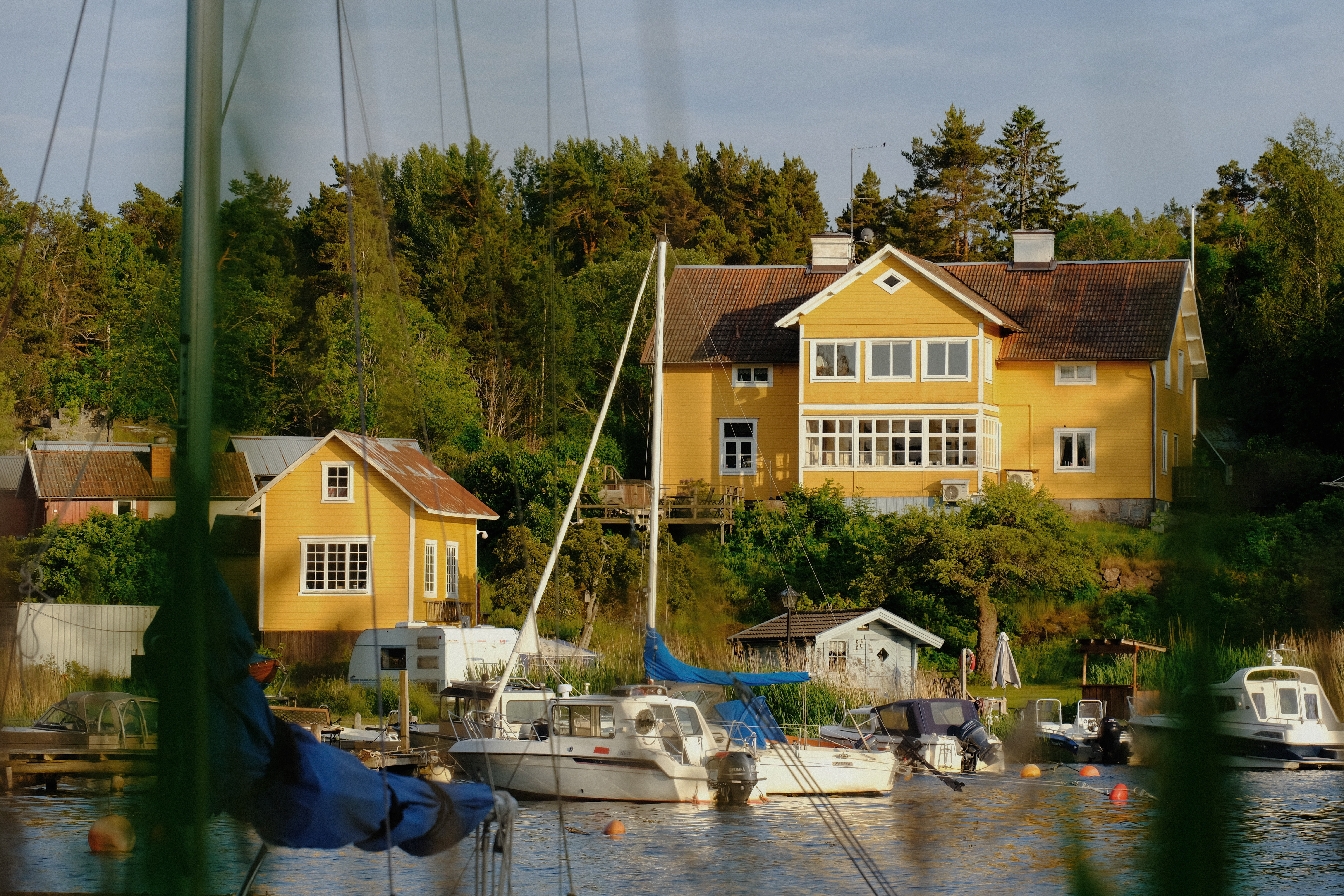
The Stockholm Archipelago is made up of more than 30,000 islands and rocks — though only 150 are inhabited year-round, rising to 1,000 in the summer. They are traversed by a fleet of well-organised ferries that you flag down if you need a lift. We based ourselves in Boda, on the island of Värmdӧn, inside a traditional summer house overlooking a small harbour. Renting guarantees a more local experience, but beware of the fact that many places, including Boda, don’t have any shops on them, so you’ll need to bring groceries with you from one of the bigger cities. Book with the Stockholm skärgårdsstugor agency, or Airbnb, who both have a huge offering that ranges from basic cottages untouched by time to fully modernised summer houses complete with their own jetties and waterfront saunas.
With just 48 hours to explore, we sought out local swim spots, went ‘window shopping’ for summer houses and took a day trip to the island of Svartsӧ, a 45-minute ferry ride away through a labyrinth of other forested islands. Here, we hiked to Bistro Sågen — a friendly, waterfront restaurant with its own sauna and huge servings of skagen (piles of prawns on toast) — and swam in a large lake that was considerably warmer than the Baltic. If you have your own boat, make sure you visit Bastuflotte Stockholm Skärgård, a floating sauna off the shore of the Yttra Skotholmen islet.
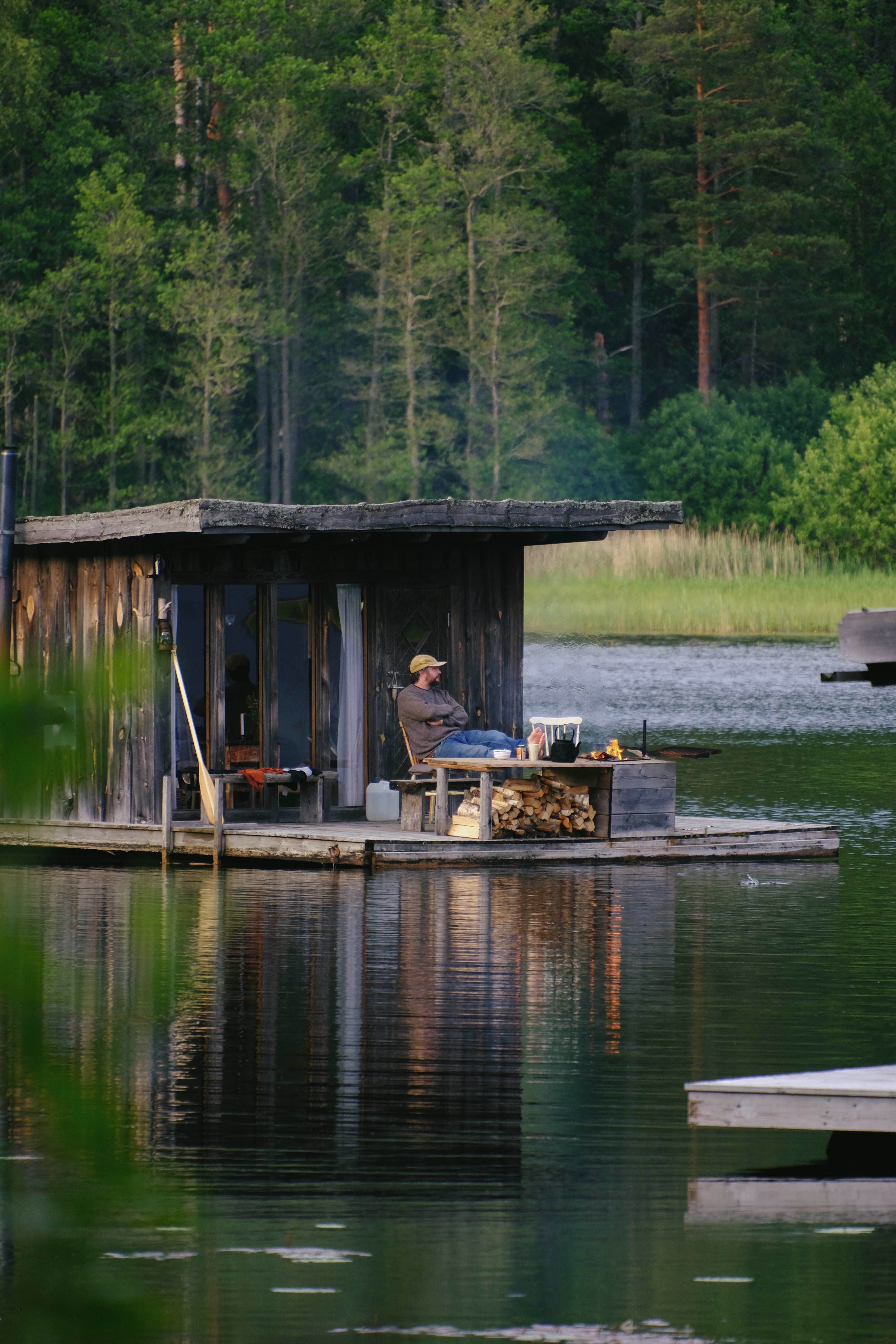
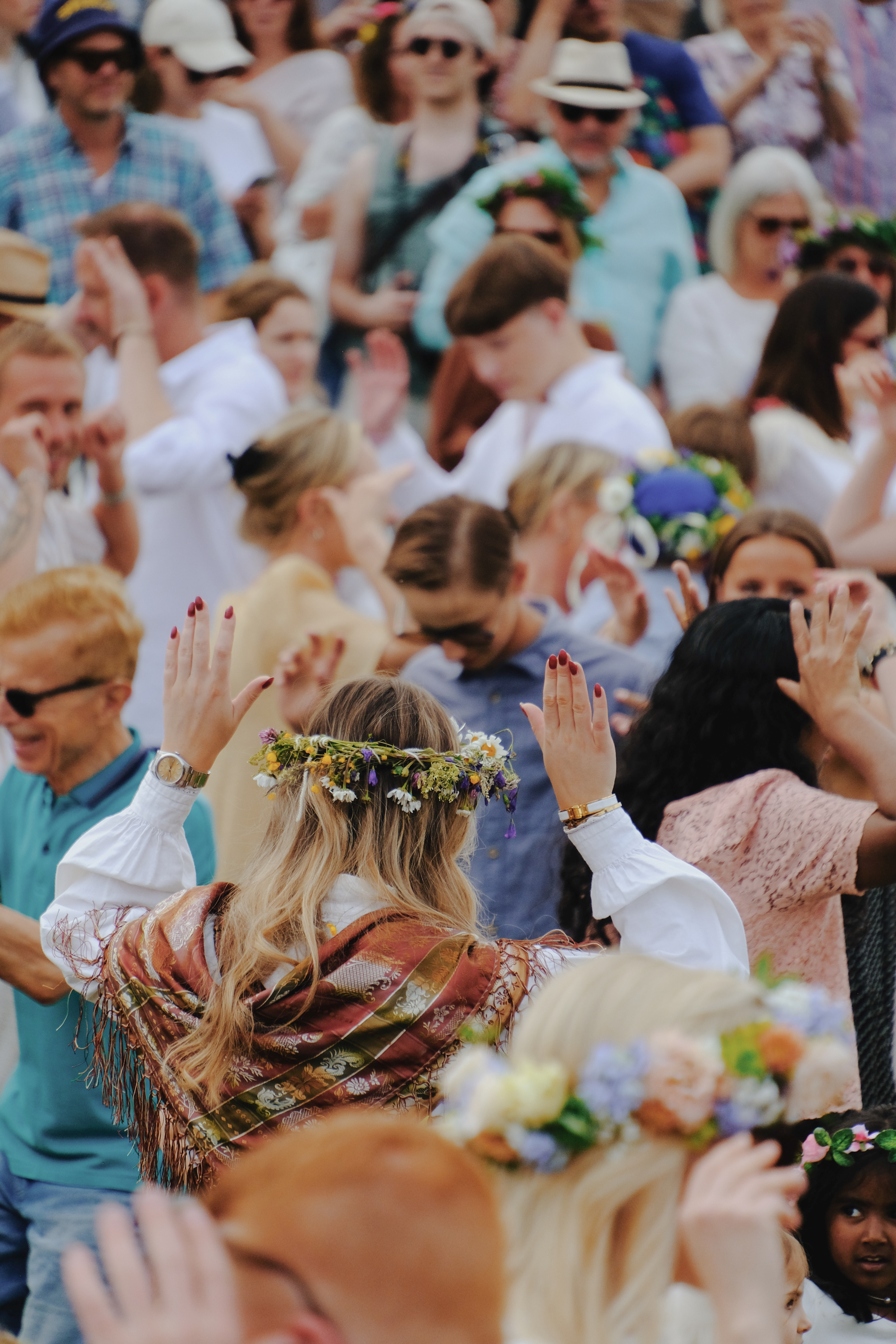
In Dalarna, we based ourselves at Hotel Villa Långbers (request room 101 for spectacular views of Lake Siljan) where preparations for the annual Midsommar celebrations were well underway: gathering wildflowers in the town’s ‘big meadow’, the making and wearing of flower crowns, gorging on seasonal treats and dancing around the midsommarstång. Tällberg, where the hotel is located, is a delight to explore, full of falu red cottages (the dark red hue is a byproduct of the Falun copper mine) and an impressive array of antique and craft shops. Indulge in fika, the Swedish tradition of taking a break with a coffee and something to eat, or slope down to the edge of Lake Siljan for a long swim in the shallows.
The lake is the seventh largest of the 100,000 in Sweden and its shores are a tantalising portrayal in miniature of all that Sweden’s lush countryside has to offer. If you’re lucky, you might catch a glimpse of the wild animals that lurk deep in the forests (elk, reindeer, wolves, bears), and if you visit in early summer you are guaranteed to see swathes of wildflower meadow brimming with invasive (but delightful) lupins and frothy cow parsley (it’s called hundkäx in Swedish, which translates as ‘dog biscuit’).
However, this region has much besides bucolic scenery; it is also rich in culture and gastronomy. If you’re at all interested in Swedish folk art and traditional interior design, book a tour of the Carl Larsson-gården, the home of iconic Swedish Arts-and-Crafts artists Carl and Karin, Zorngården, the home of Anders Zorn, and Hildasholm, Hilda Munthe’s summer house. And check ahead to see if there are any events on at Dalhalla, a former limestone quarry that’s been transformed into a unique arena with exceptional acoustics (Neil Young was performing when I was there). Finally, keep your eyes peeled for ‘loppis’ signs — the Swedish term for a garage or yard sale and a sure sign (no pun intended) that there are treasures nearby to be purchased.
Exquisite houses, the beauty of Nature, and how to get the most from your life, straight to your inbox.
Restaurants worth travelling for include Café Zorn which has a short, rotating menu, delicious cakes and homemade chocolates, Hjort-Olârs, for traditional fika served in a blooming garden, Byns Skafferi, a cosy, candlelit restaurant, and Solgårdskrogen, whose speciality is food, sourced from their own garden and cooked over a wood-fired grill.
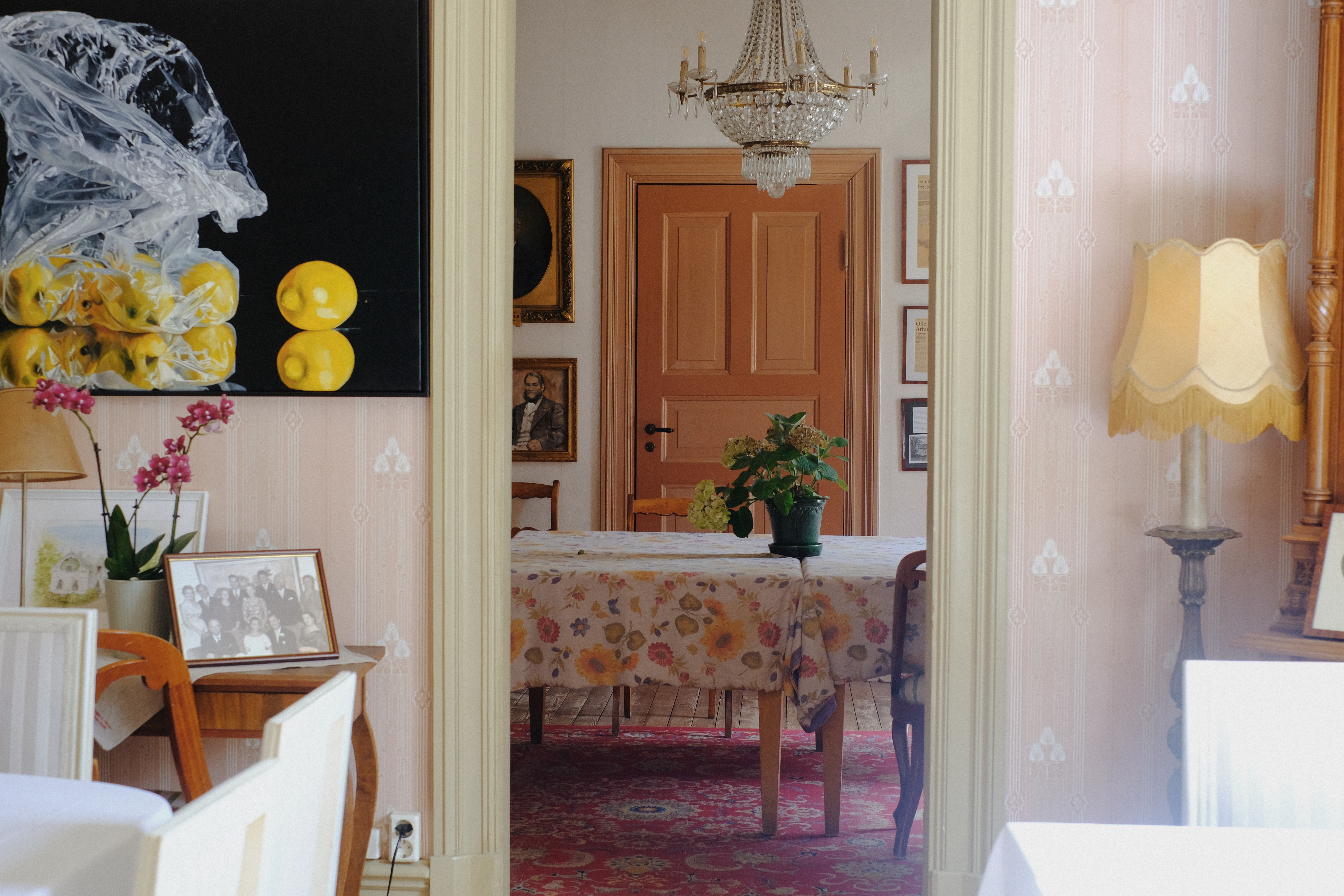

To break up the scenic, but long drive from Dalarna to Gothenburg, we returned to one of my favourite places from a previous trip, Naturbyn, a scattering of treehouses, forest and floating cabins in Värmland. The two floating cabins can only be accessed by canoe and it’s wonderfully basic (you gather water from a spring, there’s no electricity, and the lake is your bath). We switched off our phones and spent two days immersed in Nature: sitting on the cabin’s wrap-around deck, feet dangling in the water, floating among the waterlilies, exploring our surroundings by canoe or swimming back and forth to the sauna.
Our final stop was a little more luxurious. Villa Sjötorp, located on a quiet hill in Lyckorna (up the road from Musselbaren, which serves as-fresh-as-you-get mussels farmed just offshore). This 19th-century villa has an eye-catching green roof and windows brimming with geraniums, and once belonged to paper tycoon Carl Emil Haeger. It has been run as a hotel by his granddaughter, Ellika Mogenfelt, for the past three decades. Each of the 14 bedrooms has been individually decorated; some adorned with colourful Josef Frank wallpaper, but all with oodles of charm. The terrace and lawn to the rear of the house are the perfect vantage point from which to watch the sun set over the neighbouring islands, and at the bottom of the garden you’ll find a rickety staircase that takes you to a small beach.
It’s tricky to imagine a more swimming-friendly country, which is down, in part, to something called Allemansrätten, or people’s right to access and enjoy Nature, whether it be in the water or back on dry land. The right also allows for walking, cycling, riding, skiing and camping, as well as picking berries, mushrooms and flowers. On our final drive to the airport, it was hard not to notice all the signposts pointing out swim spots (virtually all accessible), pontoons, saunas and changing rooms. I didn’t return home with a tan, but I’d spent the best part of 11 days outdoors — mostly submerged.
Based in the Yorkshire countryside, Emma is a travel and lifestyle writer, who also works as a travel, hotel and Nature photographer. She's wrote for Small Luxury Hotels, The Luminaire, Blumenhaus magazine, Lodestars Anthology and Staays.
